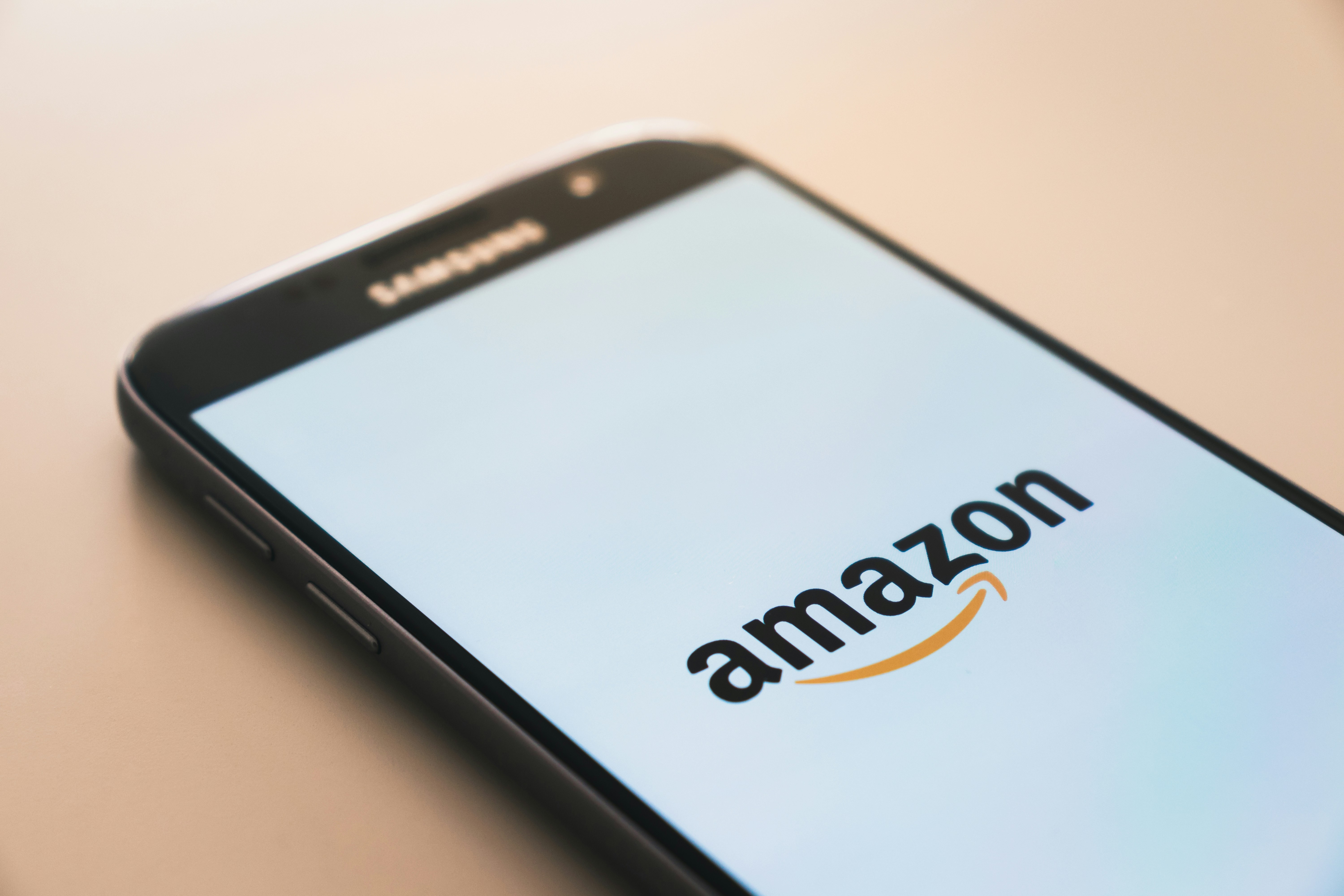FITA NEWS
How Sports and Activewear Retail Changed Because of COVID-19
By
Nicole Yazolino
Jan 26, 2021
4 min read
In this article, we look at how consumer usage of Fit Finder technology changed for sports retailers before and after the onset of COVID-19.
The virtual sizing industry has made incredible progress over the last 10 years. Sports, activewear and outdoor retailers have shown a keen awareness of the need to provide shoppers with an online shopping experience equivalent to the traditional brick and mortar stores. After the initial shockwave of the COVID-19 pandemic in March 2020, a new wave of companies reached out to learn more about sizing technology to support necessary pivots in their online strategies.
Sizing Tech for Sports and Activewear Retailers
Though sports and activewear retailers do have a good e-commerce technology adaptation rate, there is still work to be done to normalize the consumer use of integrated online size advisors. Shoppers are still confused by and sometimes distrusting of online shopping, and this can negatively affect profits for all types of apparel companies.
Among sports retailers, sizing variations in clothing are common based on functionality. There is considerable room for sizing mistakes unless a shopper knows the apparel sizing and fit differences for various activities. For example, avid cyclists will be familiar with the tighter fit of a jersey or cycling shorts. However, a recreational sport enthusiast shopping online to gear up for a triathlon might order a medium in both cycling and running clothes and be disappointed when the cycling shorts are too snug and the running pants too loose. In stores, these issues would normally be handled by retail staff, but online shoppers are left to figure it out alone. Implementing sizing and other personalization technologies increases customer confidence and trust in brands by acting as virtual shop assistants. The positive impact of these technologies have been proven to increase conversions and reduce returns in numerous tests we’ve conducted.
Shopper Behavior Informed by Technology
Technological advances have increased the number of entry points for consumers to shop. In addition to the overall growth of e-commerce, increased smartphone and native app usage have driven more people to shop online and on mobile devices. What was once strolling in a shopping center or department store on a Saturday, is now scrolling through a catalogue on a smartphone while commuting. Today, people are able to shop any time, day or night – and they do.
Imagine the sprawling layout of a major sportswear store. Shoppers used to have thousands of square meters to browse various garments and gear. Rows of shelves have been reduced to the size of a screen. Today brands have to make sure people see the most relevant, satisfying items right away or they will simply go to another site. Today’s equivalent of entering the URL of another online store is much easier than yesterday’s need to drive 25 minutes to the next sporting goods store.
When shopping online, the faster a customer is set up with the correctly fitting clothes for their needs, the happier they will be and the more likely they will be to shop with that retailer or brand in the future. Trust is built. As the technology is normalized and people come to expect it, there is less hesitation to seek size advice as opposed to referring to an outdated size chart.
Effect of COVID-19 on Sports and Activewear Retailers
Sports, activewear and outdoor clothing retailers fared relatively well during the first year of the COVID pandemic. Shoppers stuck at home have traded more formal business attire for sports and athleisure apparel. While the purchase of luxury and lifestyle clothing has declined, sportswear has remained fairly steady throughout 2020. There was a slight drop in purchases in March 2020 at the beginning of the COVID crisis, but in general, we have seen an increase in user engagement over the same time period last year.
Impact Numbers
Unable to shop in stores due to COVID closures, more consumers sought size advice after being compelled to shop online. Analysis of our records showed that in the three months after lockdown, Fit Finder generated size recommendations jumped by just over 25% for our partner sports retailers and brands when compared to the three months before global shelter in place measures took effect. Companies benefited from both fewer returns and multi-size orders in the three months post lockdown. Overall return rates also dropped by 45%.
In some areas, sports retailers – those who carry several sports brands – fared a bit better than individual sports brands. Both saw an increase in online purchases after the lockdowns started. However, in the three months after lockdown, total purchases increased by almost 48% for sports retailers when compared to the first three months of 2020, while sports brands only saw an increase in total purchases of just over 19% during the same period. In addition, sports brands had fewer shoppers seeking size advice with an 11% drop in size recommendations when compared to the first three months of 2020, while sports retailers experienced a 33.67% increase in size recommendations for shoppers using the Fit Finder size advisor.
While both sports retailers and brands had more online shoppers at the beginning of COVID lockdowns, customers chose retailers over brands to meet their apparel needs.
Tech Future for Sports and Activewear Retailers
COVID-19 compelled shoppers to rely on online shopping more than ever before. Those who may have been hesitant and preferred the in-store experience have gotten used to shopping online. Retailers have adjusted to an increased load on their e-commerce operations, with a particular focus on prioritizing a seamless user experience that eliminates as much uncertainty for the customer as possible. As online shopping increases, physical stores will become less about shopping and more about the experience of being there – more events, special guests, in-store cafes – community built around a brand.
The sports apparel industry will continue the shift from brick and mortar to online. The special profile of sports apparel with its inherent functional nature will lead to technological innovations to help customers based on how they are going to use specific clothing. There will be an increase of solutions offering highly personalized size, style, and functionality recommendations.
To learn more about how we can help you and support your specific needs Contact us.
































































